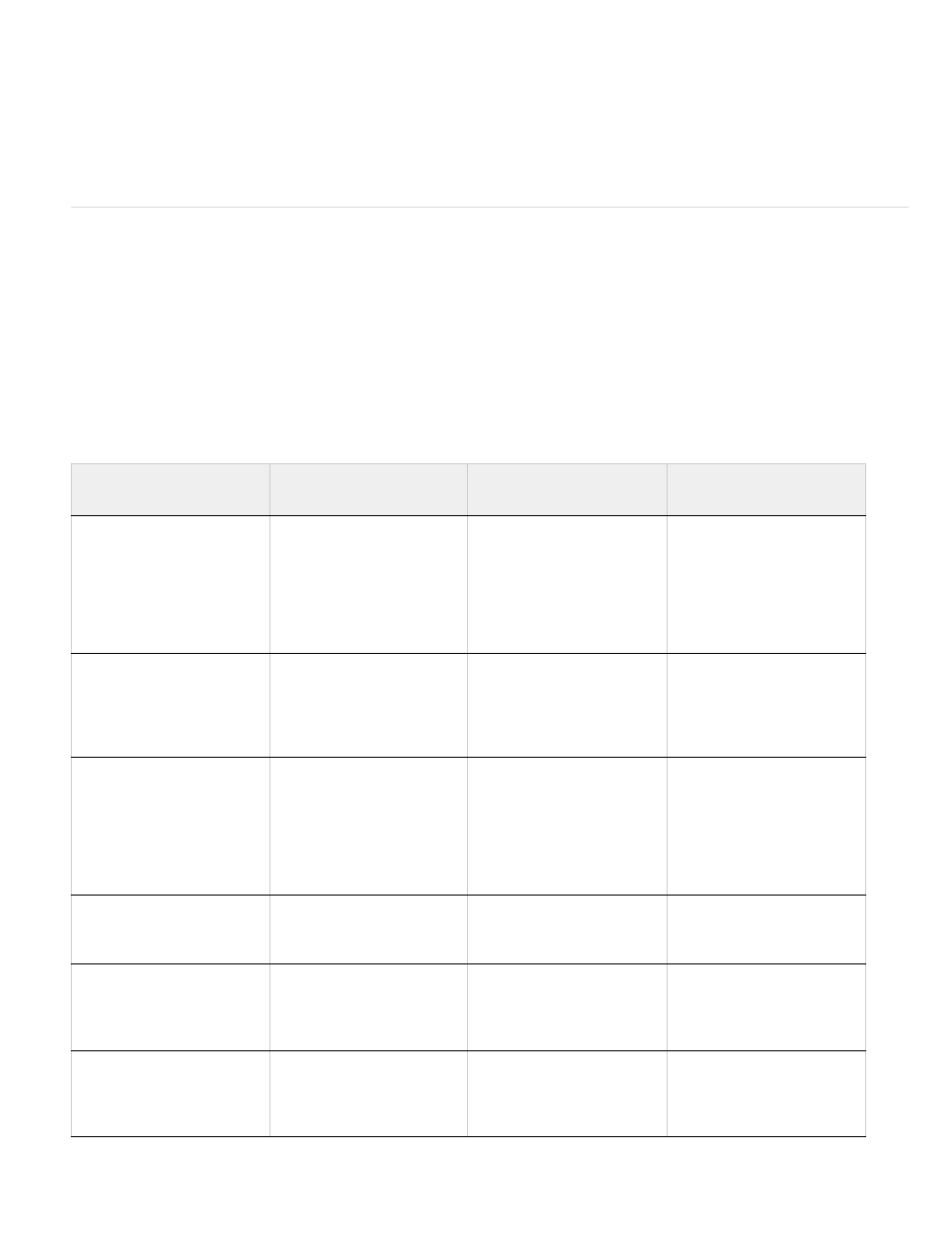Pdf compatibility levels – Adobe InDesign User Manual
Page 702

Note:
Note:
During PDF conversion, the file that is being processed is checked against the specified standard. If the PDF will not meet the selected ISO
standard, a message appears, asking you to choose between canceling the conversion or going ahead with the creation of a non-compliant file. A
widely used standards for a print publishing workflow is the PDF/X format such as PDF/X-1a.
The PDF/X-4 format is reliable for live transparency and color management. This format is optimal for RIP processing, digital printers that use the
Adobe PDF Print Engine, and any PDF file to be printed in Acrobat.
For more information on PDF/X, see the
the
.
PDF compatibility levels
When you create PDFs, you need to decide which PDF version to use. You can change the PDF version by switching to a different preset or
choosing a compatibility option when you save as PDF or edit a PDF preset.
Generally speaking, unless there’s a specific need for backward compatibility, you should use the most recent version (in this case version 1.7).
The latest version will include all the newest features and functionality. However, if you’re creating documents that will be distributed widely,
consider choosing Acrobat 5.0 (PDF 1.4) or Acrobat 6.0 (PDF 1.5) to ensure that all users can view and print the document.
The following table compares some of the functionality in PDFs created using the different compatibility settings.
Acrobat 8.0 and 9.0 also use PDF 1.7.
Acrobat 3.0 (PDF 1.3)
Acrobat 5.0 (PDF 1.4)
Acrobat 6.0 (PDF 1.5)
Acrobat 7.0 (PDF 1.6) and
Acrobat X (PDF 1.7)
PDFs can be opened with
Acrobat 3.0 and Acrobat
Reader 3.0 and later.
PDFs can be opened with
Acrobat 3.0 and Acrobat
Reader 3.0 and later.
However, features specific
to later versions may be
lost or not viewable.
Most PDFs can be opened
with Acrobat 4.0 and
Acrobat Reader 4.0 and
later. However, features
specific to later versions
may be lost or not
viewable.
Most PDFs can be opened
with Acrobat 4.0 and
Acrobat Reader 4.0 and
later. However, features
specific to later versions
may be lost or not
viewable.
Cannot contain artwork
that uses live transparency
effects. Any transparency
must be flattened prior to
converting to PDF 1.3.
Supports the use of live
transparency in artwork.
(The Acrobat Distiller
feature flattens
transparency.)
Supports the use of live
transparency in artwork.
(The Acrobat Distiller
feature flattens
transparency.)
Supports the use of live
transparency in artwork.
(The Acrobat Distiller
feature flattens
transparency.)
Layers are not supported.
Layers are not supported.
Preserves layers when
creating PDFs from
applications that support
the generation of layered
PDF documents, such as
Illustrator CS and later or
InDesign CS and later.
Preserves layers when
creating PDFs from
applications that support
the generation of layered
PDF documents, such as
Illustrator CS and later or
InDesign CS and later.
DeviceN color space with 8
colorants is supported.
DeviceN color space with 8
colorants is supported.
DeviceN color space with
up to 31 colorants is
supported.
DeviceN color space with
up to 31 colorants is
supported.
Multibyte fonts can be
embedded. (Distiller
converts the fonts when
embedding.)
Multibyte fonts can be
embedded.
Multibyte fonts can be
embedded.
Multibyte fonts can be
embedded.
40-bit RC4 security
supported.
128-bit RC4 security
supported.
128-bit RC4 security
supported.
128-bit RC4 and 128-bit
AES (Advanced Encryption
Standard) security
supported.
697
